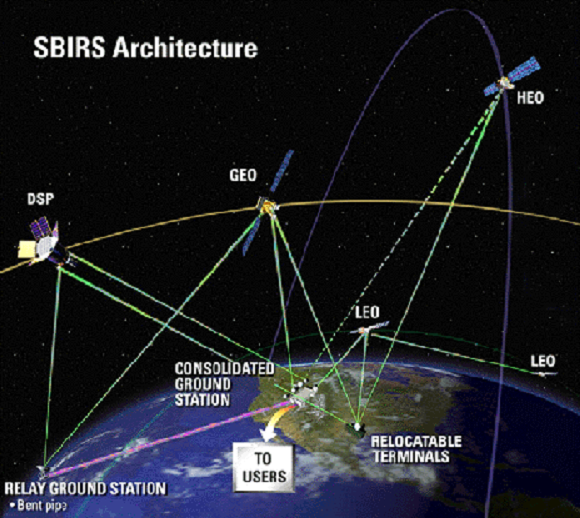Linux in space: CloudLinux powers Atlas V rocket
In a world where some question the code-share channels of open source communities and the use of components that may (or indeed may not) bring into question their provenance, prowess and performance… CloudLinux is an organisation on a mission to increase security, stability and availability of Linux servers and devices.
Headquartered in Palo Alto, CloudLinux Inc. develops a hardened Linux distribution, Linux kernel live security patching, extended support options for Linux and web server security software.
The organisation this year detailed what it calls TuxCare services, with the Tux reference obviously being the Linux penguin.
TuxCare services is now providing automated security patches and updates for the systems supporting the Atlas V rocket.
“Protecting US [and world] national security means having the ability to launch important payloads into space. TuxCare from CloudLinux is proud to do our part to support the [US] Department of Defense and the Space Force by providing critical security patches for ULA’s Atlas V rocket,” said Jim Jackson, president and CRO of CloudLinux.
This year, the United Launch Alliance (ULA) Atlas V rocket launched SBIRS GEO Flight 5, the fifth flight of Space Based Infrared System (SBIRS) Geosynchronous Earth Orbit.
SBIRS constellation
The U.S. Space Force Space and Missile Systems Center mission will send new satellites to join the SBIRS constellation, which works to detect missile detection and early warning satellites for the United States and its allies, including the UK.
“The Atlas V has delivered sensitive and essential missions including classified defense systems, planetary exploration spacecraft and key commercial assets with precise orbital accuracy,” said Tory Bruno, president and CEO of United Launch Alliance.
Atlas V successfully launched the first four SBIRS GEO satellites between 2011 and 2018.
The project managers also notes that Atlas V delivers sensitive and critical missions – including planetary exploration missions, classified defence systems and key commercial assets.




